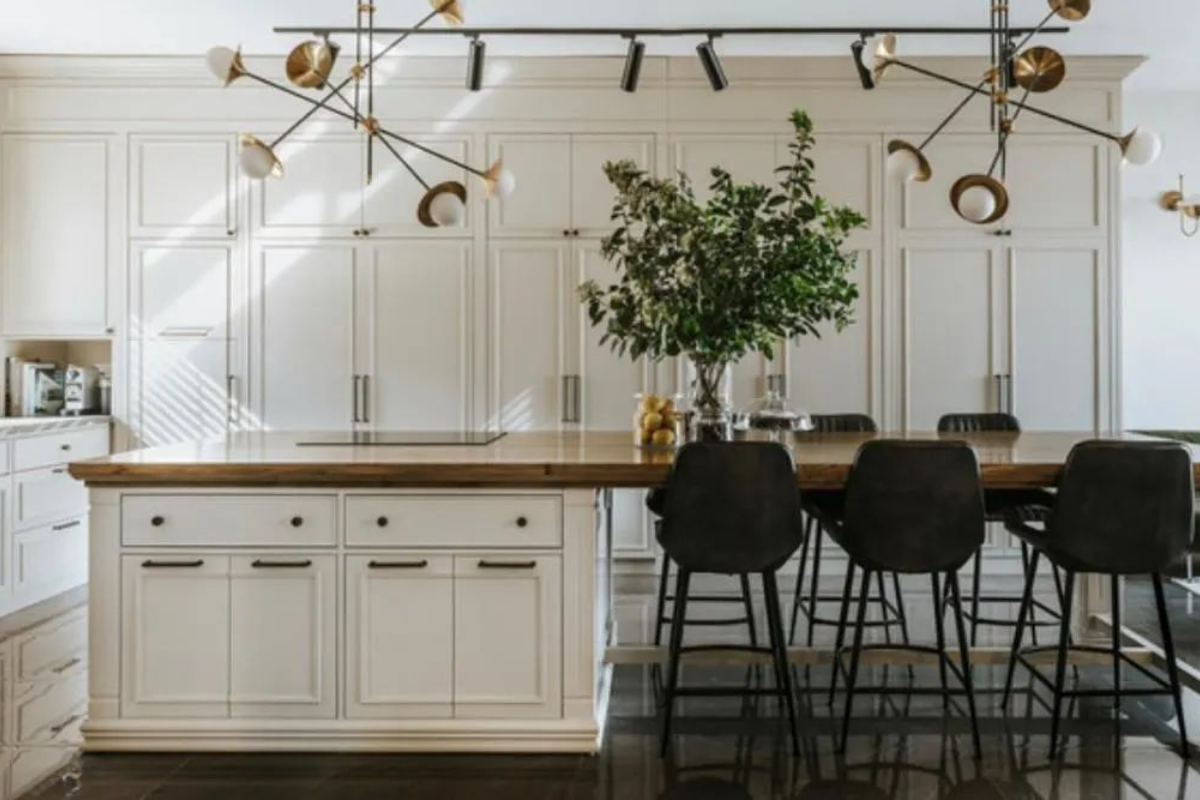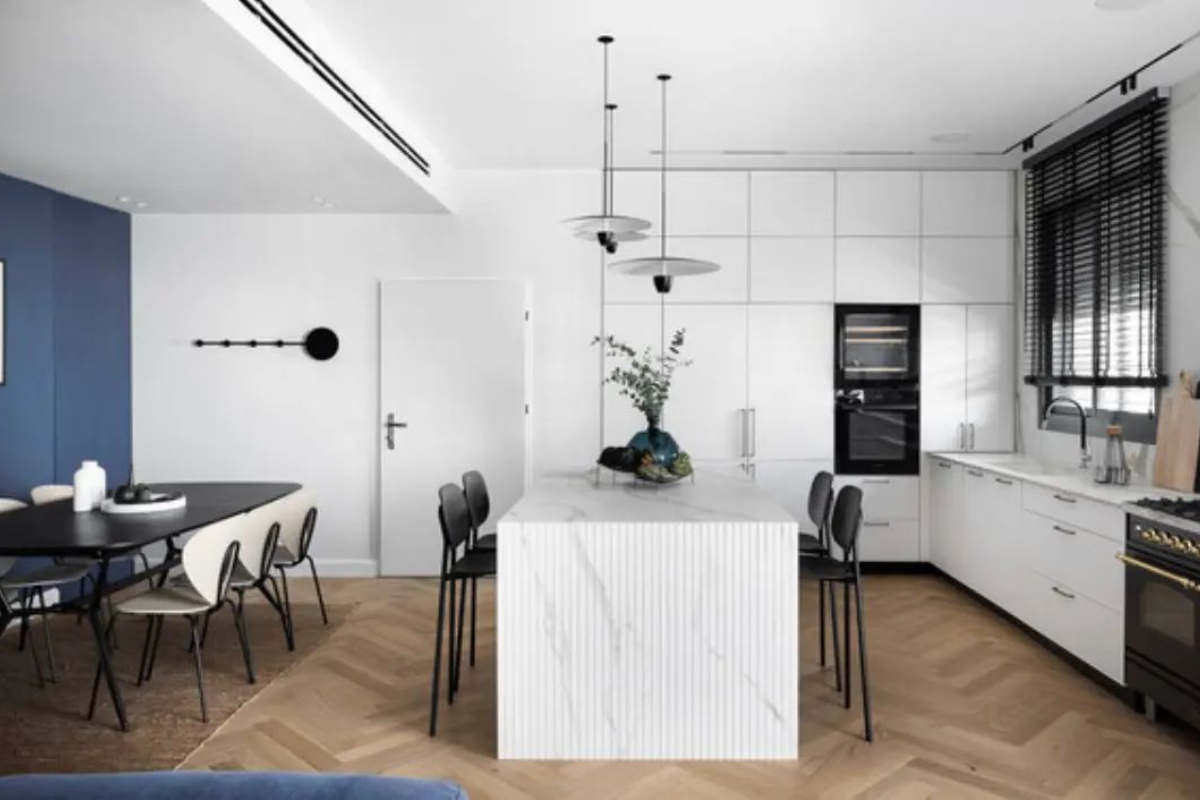Lighting is one of the most important aspects of any home or office space. It not only provides visibility and safety, but it can also set the tone and mood of a room. One way to enhance the lighting in a space is by adding task lighting and under-cabinet lighting.
Task lighting is designed to provide direct, focused light on specific areas of a room where tasks are performed. This type of lighting is ideal for work spaces such as desks, reading areas, and kitchen counters. Task lighting can be achieved through the use of pendant lights, table lamps, or wall-mounted sconces. These lights can be adjusted to provide the desired level of brightness and can be directed to specific areas of the room.
Under-cabinet lighting is another great way to enhance the lighting in a space. This type of lighting is installed beneath kitchen cabinets and can provide additional light for tasks such as cooking, food preparation, and reading recipes. Under-cabinet lighting can be installed in a variety of ways, including LED strips, puck lights, or linear lights. These lights can be controlled with a dimmer switch, allowing for the perfect amount of light to be provided for the task at hand.
One of the main benefits of task lighting and under-cabinet lighting is that they provide additional light to specific areas of a room. This can make it easier to perform tasks such as reading, cooking, and working on a computer. Additionally, task lighting and under-cabinet lighting can help to reduce eye strain and improve overall visibility in a space.

Another benefit of these types of lighting is that they can help to enhance the overall design of a room. For example, pendant lights and wall-mounted sconces can add a stylish touch to a room and can be used as a focal point. Under-cabinet lighting can also be used to highlight the design of a kitchen and can make the space appear larger and more open.
Task lighting and under-cabinet lighting can also be energy efficient. LED lights are a popular option for these types of lighting because they use less energy and last longer than traditional incandescent bulbs. This can save money on energy bills and reduce the need to replace bulbs frequently.
In addition to task lighting and under-cabinet lighting, it is also important to consider the overall lighting design of a room. This includes the use of ambient lighting, which provides general lighting for a room, and accent lighting, which is used to highlight specific areas or features of a space.
When planning to add task lighting and under-cabinet lighting to a room, it is important to consider the overall design of the space. This includes the color scheme, style, and layout of the room. Additionally, it is important to consider the specific tasks that will be performed in the space and the amount of light that is needed for those tasks.
In conclusion, task lighting and under-cabinet lighting are great ways to enhance the lighting in a space and make it more functional. These types of lighting can provide additional light for specific tasks, reduce eye strain, and improve overall visibility. They can also enhance the overall design of a room and be energy efficient. When planning to add task lighting and under-cabinet lighting to a room, it is important to consider the overall design of the space and the specific tasks that will be performed in the space.

